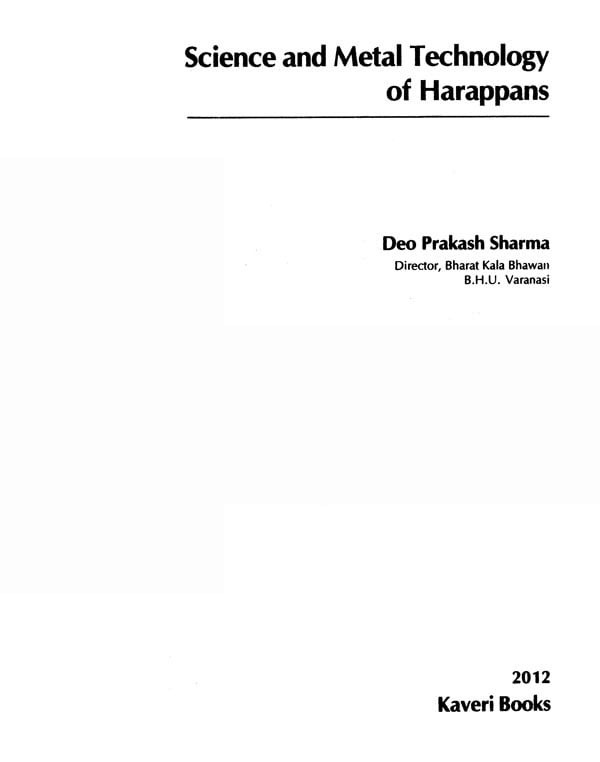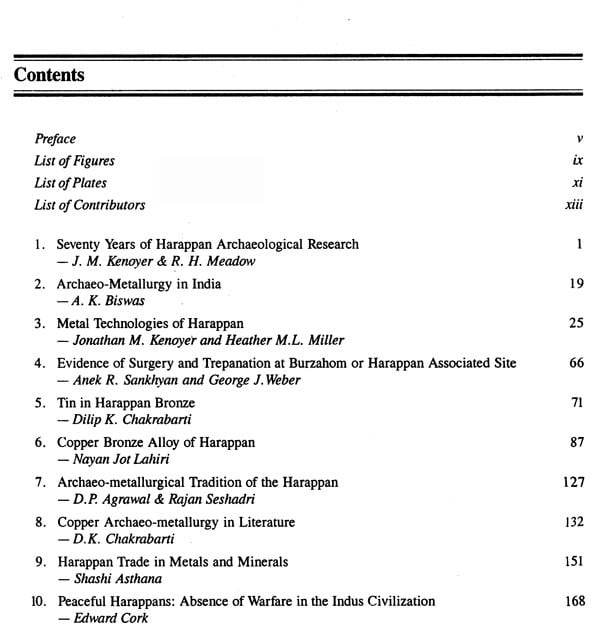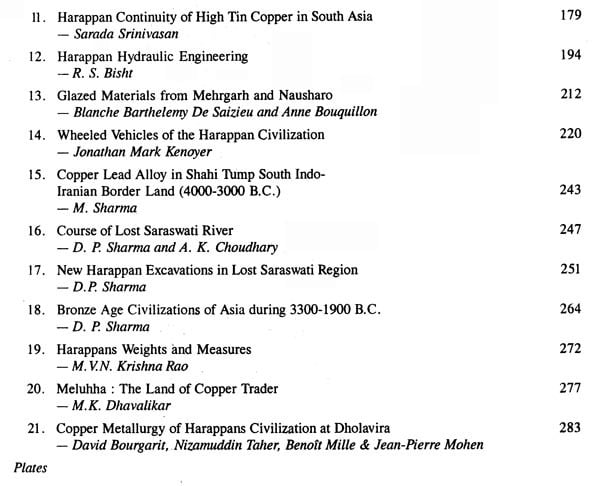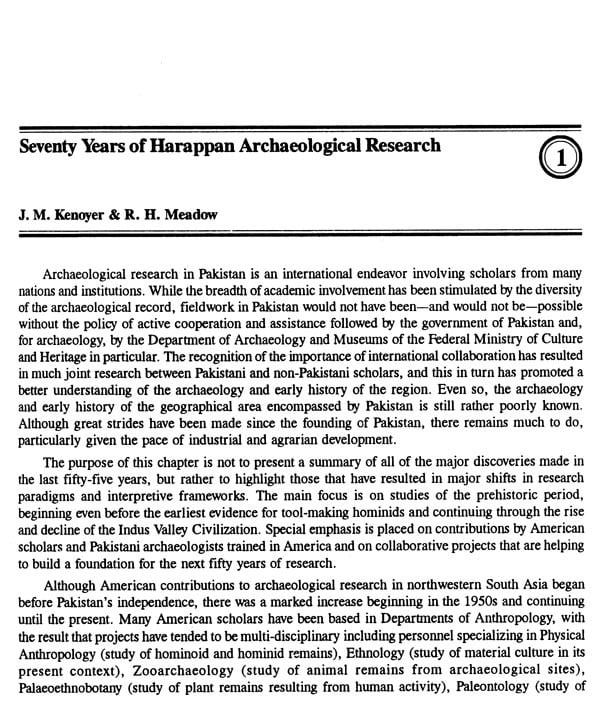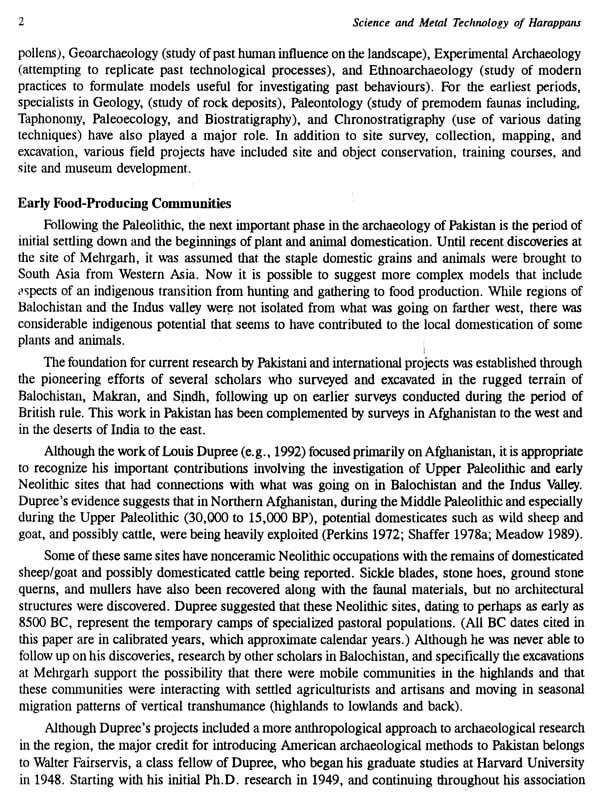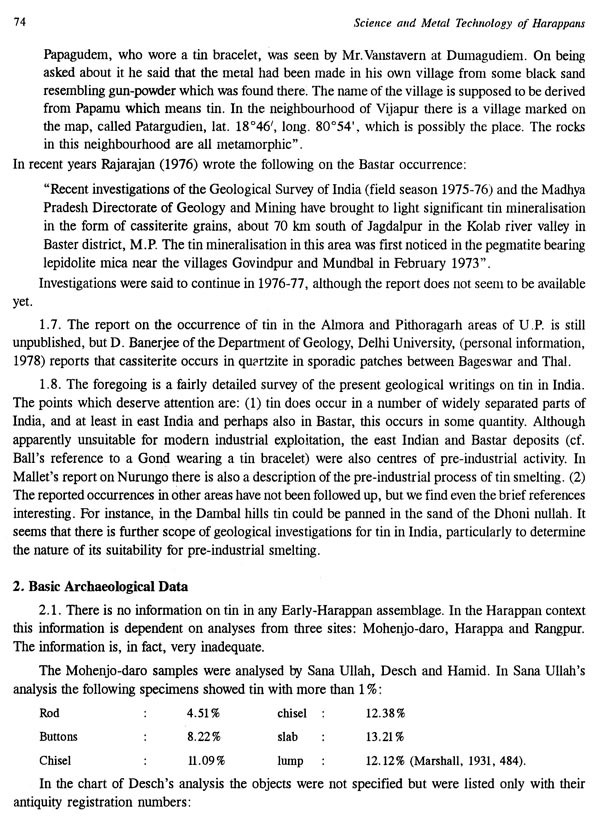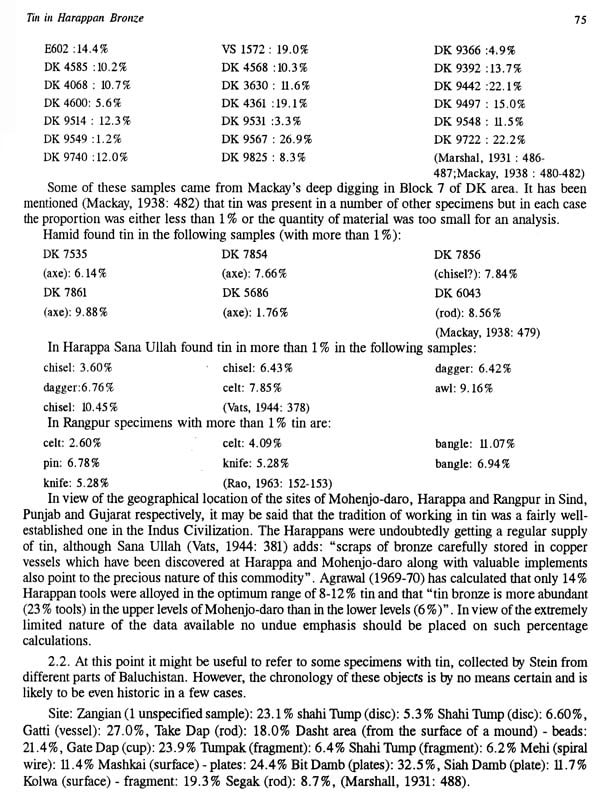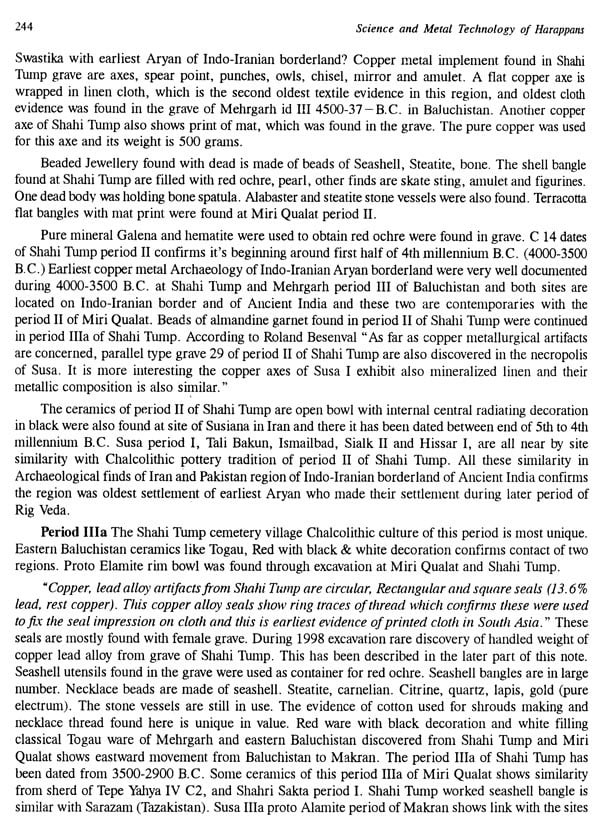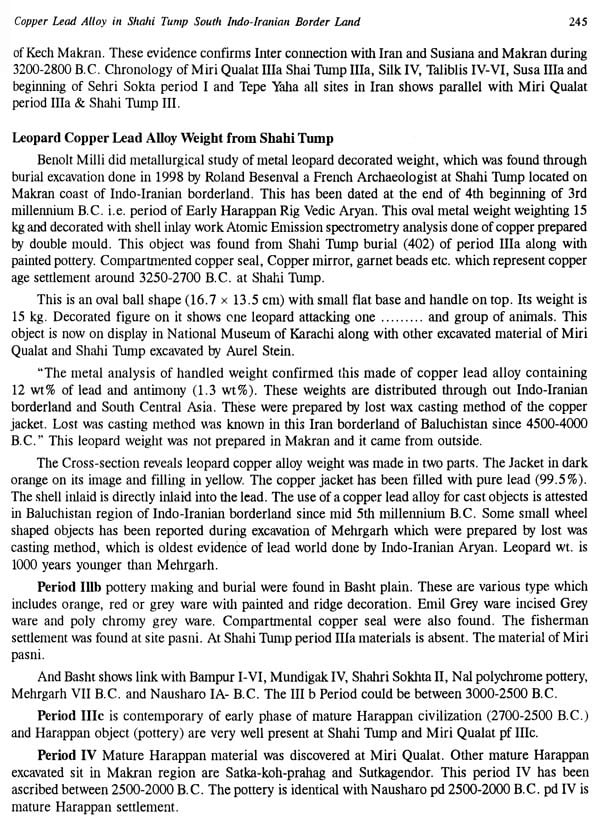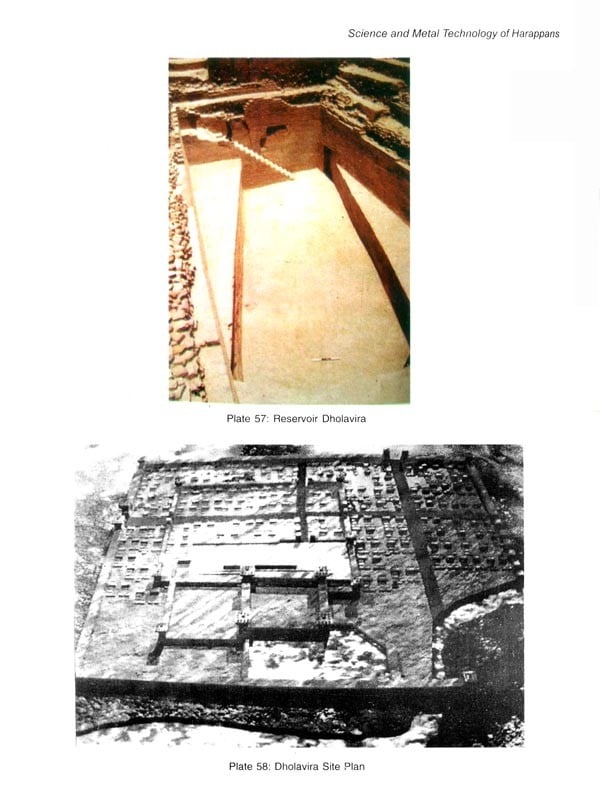
Science and Metal Technology of Harappans
Book Specification
| Item Code: | AZG307 |
| Author: | Deo Prakash Sharma |
| Publisher: | Kaveri Books |
| Language: | ENGLISH |
| Edition: | 2012 |
| ISBN: | 9788174791078 |
| Pages: | 328 (Throughout B/w and Color Illustrations) |
| Cover: | HARDCOVER |
| Other Details | 11.00x9.00 inch |
| Weight | 1.19 kg |
Book Description
These papers, with notes, references and bibliographies, are well illustrated and cover a wide range in the field of archaeological research, archaeo-metallurgy, surgery and trepanation, copper, bronze and metal technologies, trade in metals and minerals, hydraulic engineering and other allied topics.
Dr. Sharma has published 210 and books which few Harappan Glimpses of Harappan Civilization, Prehistoric Art Archaeology Classical Harappan Harappan Seals, Harappan in Art, Harappan Script on Decipherment, Archaeology Doab, Sarswati Civilization. At in Bharat Kala Bhavan Museum, Banaras University, Varanasi.
Harappa and Mohenjo-daro were excavated in 1920-21. G.F. Dales excavated Sukagendor in 1961 and re-excavated Mohenjo-daro in 1965. M. Jansen has done documentation of the excavated ruins of Mohenjo-daro in 1991 onward. J.M. Kenoyer began his excavation at Harappa in 2002 and excavation work is still continuing. In this context, we can understand the chapter "Seventy Years of Harappan Archaeological Research" by J.M. Kenoyer and R.H. Meadow who not only summarize the major discoveries made in the last seventy years but also highlight those that have resulted in major shifts in research paradigms and interpretive frameworks. They focus mainly on studies of the prehistoric period, commencing even prior to the earliest evidence of tool making hominids and continuing through the rise and decline of the Indus valley making hominids and continuing through the rise and decline of the Indus valley civilization.
A.K. Biswas views on archaeo-metallurgy as one of the components of archaeo-material studies, and presents certain highlights on minerals and metal in ancient India, especially copper, gold, silver, lead, tin, iron, zinc and diamond. Most copper implements, though advanced, argues D.P. Aggarwal on Harappan metallurgy, appear simple and utilitarian, and so the Harappan tool repertoire shows a lack of war like weapons. Many metal implements may have been used equally by the soldier, the huntsman, or even by the ordinary householder. Needles with eyes on the pointed ends, true saws, circular saws, and drills are typical Harappan contribution to the world of instruments. The animal figures and the figure of a dancing girl demonstrate the Harappans competence and excellence in the Circ perdue or lost wax method of cating.
A summary of the available literature and recent discoveries on the production and use of metals y people especially of the Mature Phase (2700-1900 B.C.) is presented by J.M. Kenoyer and H.M.L. Miller.
**Contents and Sample Pages**
